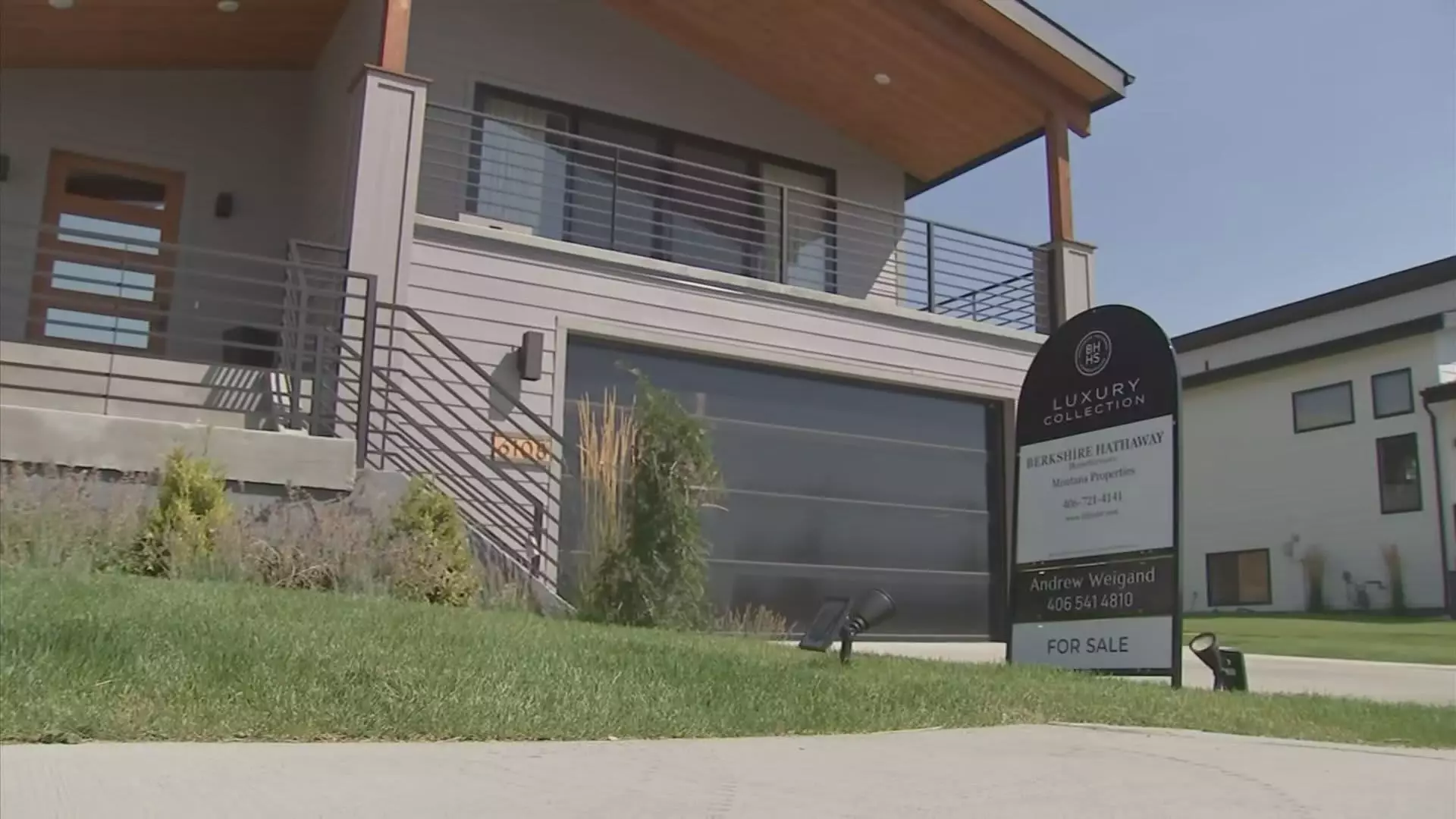For many aspiring homeowners, purchasing a starter home has historically represented a critical first step toward building equity and establishing financial independence. However, as we approach the 2025 buying season, first-time homebuyers face unprecedented challenges in identifying suitable starter homes. A notable decline in the availability of smaller, affordable properties has become increasingly apparent in recent years, raising concerns about the accessibility of homeownership and the long-term implications for the housing market.
Traditionally, starter homes are characterized as smaller properties, usually under 1,400 square feet, that provide an entry point into the real estate market. In concrete terms, they have allowed many Americans to step onto the property ladder. However, recent data from the U.S. Census Bureau highlights a stark contrast to previous decades. In 1982, approximately 40% of new homes built were considered starter homes, a number that has plummeted to just 9% as of 2023. This significant disparity begs the question: what is driving this vanishing inventory, and how does it affect potential buyers?
Experts point to restrictive zoning laws as a critical factor contributing to the decline of starter homes. These local regulations dictate the types of structures that can be constructed in specific areas, effectively limiting the availability of affordable housing options. As a result, higher construction costs and escalating land prices have forced builders to focus on constructing high-end single-family and multifamily homes instead. According to Sam Khater, Freddie Mac’s chief economist, this economic reality translates to a market where builders cannot recoup costs by creating budget-friendly housing.
The shift in zoning approaches, which frequently prioritize upscale developments over accessible housing, has exacerbated existing disparities in housing availability. With the increasing complexity of local regulations, home builders face mounting obstacles that hinder their ability to deliver affordable options.
The market dynamics leading into 2025 indicate a troubling trend for first-time homebuyers. National home prices have surged by 52% between January 2020 and October 2024, as reported by the S&P CoreLogic Case-Shiller U.S. National Home Price Index. This jump in prices can be attributed to several factors, including rising construction costs, limited land availability, and government regulations that have only intensified over time.
As Selma Hepp, CoreLogic’s chief economist, points out, the cost of land has increased significantly — two and a half times in the past decade — surpassing the rising prices of labor and materials. The result? A dramatic reduction in the stock of homes available for first-time buyers, compounded by the reluctance of existing homeowners to sell their properties due to favorable mortgage rates.
As the housing crisis persists, the demographic of first-time buyers is evolving. The median age of first-time homebuyers reached 38 in 2024, a stark increase compared to just 29 in 1981. This shift highlights an alarming trend: potential homeowners are delayed in their journey toward homeownership due to escalating prices and competition from cash buyers, a phenomenon interestingly referred to as an imbalance between new and existing buyers.
According to Jessica Lautz, deputy chief economist at the National Association of Realtors, the unique market climate is marked by a low percentage of first-time buyers paired with a high concentration of cash transactions. This dichotomy only adds to the challenges faced by prospective homeowners, solidifying the notion that younger generations may find themselves priced out of an already competitive market.
As we look ahead to the home buying season in 2025, the future of starter homes appears increasingly uncertain. With zoning regulations hampering construction, rising costs exacerbating affordability challenges, and the market evolving in unpredictable ways, first-time buyers have more barriers than ever to navigate. It’s imperative for policymakers, builders, and communities to take a proactive approach to cultivate a more inclusive housing landscape that facilitates access to homeownership for future generations. Without concerted action, the dream of owning a starter home may continue to drift further out of reach for many aspiring homeowners.


Leave a Reply